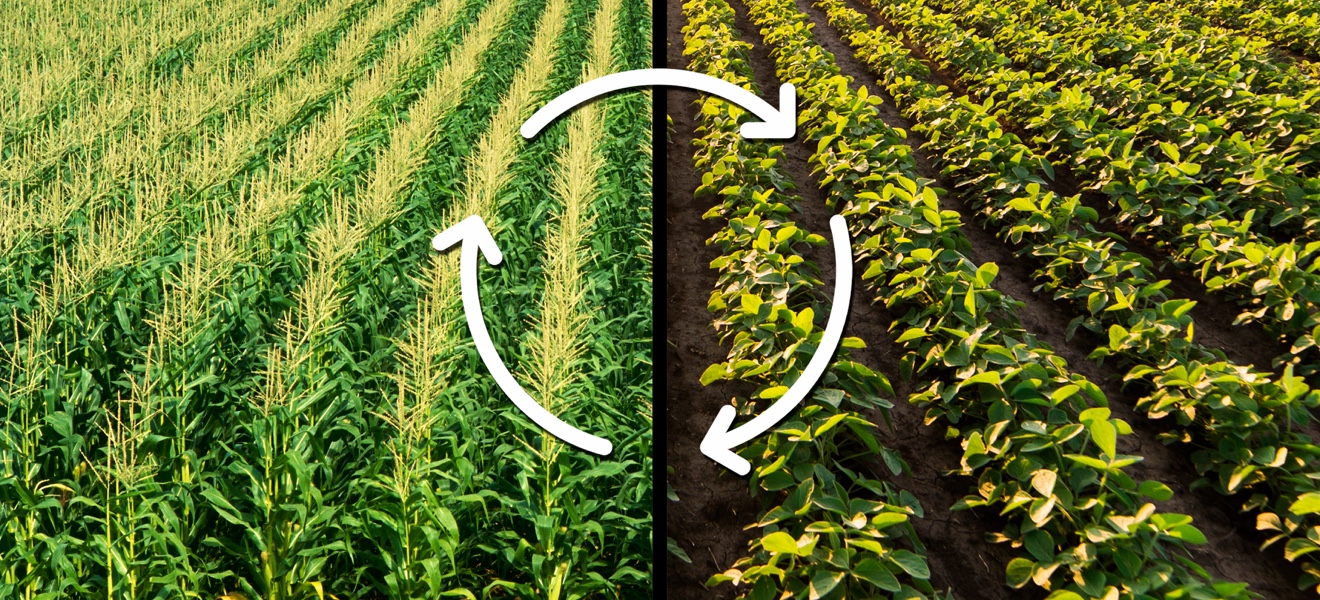Crete, the largest of the Greek islands, is renowned for its rich agricultural heritage, which dates back to the ancient Minoan civilization. The island’s diverse topography, ranging from fertile plains to rugged mountains, and its Mediterranean climate provide ideal conditions for a variety of crops and livestock. In recent years, Cretan agriculture has increasingly embraced sustainable farming practices, aiming to preserve the environment, maintain biodiversity, and support the local economy.
Historical Context
Agriculture has been a cornerstone of Cretan life for thousands of years. The Minoans, who inhabited the island from around 2700 to 1450 BCE, cultivated olives, grapes, and grains, laying the foundation for agricultural practices that continue to this day. Over the centuries, Cretan farmers have developed a deep understanding of the island’s unique ecosystems, using traditional methods that promote soil fertility and crop diversity.
Key Agricultural Products
Crete is famous for its high-quality olive oil, often regarded as some of the best in the world. Olive trees thrive in the island’s arid climate and rocky soil, producing a rich, flavorful oil that is a staple of the Cretan diet and a key export product. Vineyards are also prevalent, with the island producing a variety of wines from indigenous grape varieties such as Vidiano, Liatiko, and Kotsifali.
Additionally, Crete’s agriculture includes the cultivation of fruits and vegetables like oranges, lemons, tomatoes, and zucchini, as well as herbs such as oregano, thyme, and sage. Livestock farming, particularly sheep and goats, is another significant component, contributing to the production of high-quality dairy products, including the renowned Cretan cheeses like graviera and mizithra.
Sustainable Farming Practices
In response to environmental challenges and the need for long-term viability, Cretan farmers have increasingly adopted sustainable farming practices. These practices are designed to enhance productivity while minimizing environmental impact and ensuring the preservation of natural resources for future generations.
1. Organic Farming:
Organic farming is a cornerstone of sustainable agriculture in Crete. By avoiding synthetic pesticides and fertilizers, organic farming promotes healthier soil and reduces pollution. Many Cretan farmers use natural compost and manure to enrich the soil, maintaining its fertility and supporting robust plant growth. This method not only produces healthier crops but also protects the island’s diverse ecosystems.
2. Crop Rotation and Polyculture:
Crop rotation and polyculture are traditional practices that have been revitalized in modern sustainable farming. By rotating crops, farmers prevent soil depletion and reduce the risk of pests and diseases. Polyculture, the practice of growing multiple crops in the same space, mimics natural ecosystems and enhances biodiversity. In Crete, this often involves planting a variety of vegetables and herbs alongside olive trees and vines, creating a resilient and productive agricultural system.
3. Water Conservation:
Water is a precious resource on Crete, and sustainable farming practices emphasize efficient water use. Many farmers use drip irrigation systems, which deliver water directly to the plant roots, reducing waste and evaporation. Additionally, rainwater harvesting and the use of mulch to retain soil moisture are common practices that help conserve water in agriculture.
4. Preservation of Local Varieties:
Preserving local plant and animal varieties is crucial for maintaining genetic diversity and ensuring the resilience of agricultural systems. Cretan farmers cultivate indigenous crops and breed local livestock breeds, which are well-adapted to the island’s conditions. This practice not only supports biodiversity but also helps protect the cultural heritage associated with traditional Cretan agriculture.
Economic and Social Benefits
Sustainable farming practices on Crete are not only beneficial for the environment but also for the local economy and communities. Organic and sustainably produced agricultural products often fetch higher prices, providing a better income for farmers. Agritourism, which involves visitors experiencing farm life and learning about sustainable practices, is also a growing industry on the island, further supporting the rural economy.
Moreover, sustainable agriculture promotes food security and community resilience. By producing high-quality, diverse crops and livestock, Cretan farmers contribute to a stable food supply and reduce dependence on imported goods. This local production is vital for the island’s economy and well-being, especially in times of economic or environmental crisis.
Conclusion
Cretan agriculture, deeply rooted in ancient traditions, is evolving to meet modern challenges through the adoption of sustainable farming practices. By embracing organic farming, efficient water use, crop diversity, and the preservation of local varieties, Cretan farmers are ensuring the long-term health of their land and communities. These practices not only protect the environment but also support the island’s economy and cultural heritage, making sustainable agriculture a vital component of Crete’s future.


